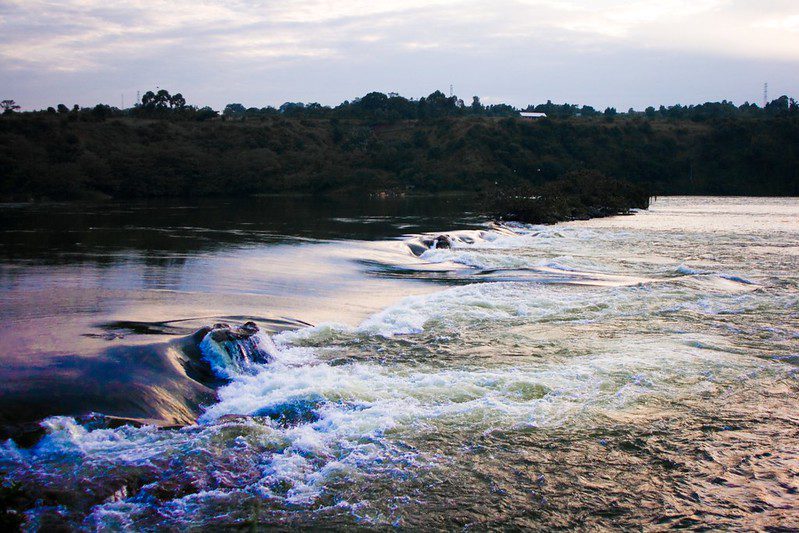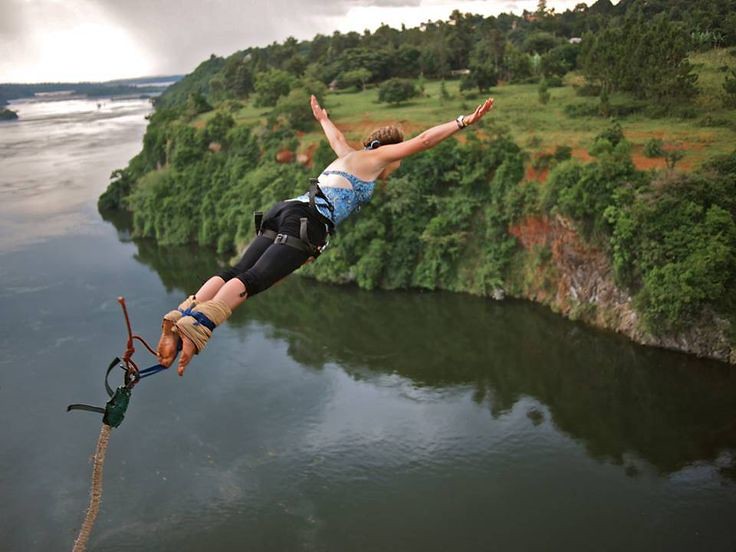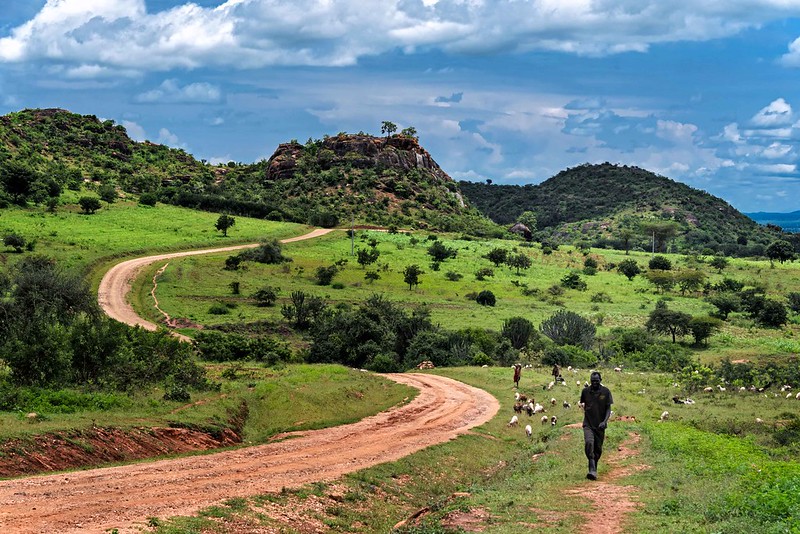History of the Source of the Nile.
History of the Nile’s Origin: The Nile River is renowned for being the world’s longest river and is credited with significantly advancing numerous African nations. About 11 African nations, including Uganda, Tanzania, Rwanda, the Republic of Sudan, South Sudan, Burundi, Ethiopia, Kenya, Eritrea, and Egypt, receive the majority of the water coming from this river, which is roughly 6,696 kilometers long.
Furthermore, the River Nile has two main branches: the White Nile, which is known to be shallower than the Bahr El Arab Rift and rises up to 9 kilometers, and the Sudd, which is well known to be divided into the central Sudan region and the plateau area. The River Nile has a total surface area of roughly 3.4 million square kilometers. Furthermore, Lake Victoria and Lake Albert in Uganda are regarded as the two principal waterways that serve as the headwaters of the Blue and White Niles.
When on a safari in Uganda, the River Nile is regarded as one of the must-see locations. Furthermore, John Hanning Speke, a well-known soldier’s son in the nation, found the Nile River’s source on August 3, 1858. In 1844, John Speke, being just 17 years old, joined the troops of the East India Company. He did, however, choose to accompany Captain Richard Burton on his East African mission later in 1854.
Furthermore, it is well known that Captain Richard had purposefully finished an Arab trip to Mecca the year prior. Furthermore, in 1856, both Burton and John Speke planned a second expedition to East Africa, during which Speke made the discovery of Lake Tanganyika. As a result, after spending almost three months at the lake, they became ill and returned to the coast.
Later, he found another body of water, Lake Victoria, which is said to be Africa’s largest lake and the source of the Nile River. Furthermore, after John Speke completed all of this in 1858, Burton found it difficult to believe that Speke was the one who made all of these discoveries.
Furthermore, the River Nile may be seen merging with Lake Nyanza at Ripon Falls, which is close to Jinja, one of Uganda’s most fascinating cities. Furthermore, the Nile flows northward for almost 130 kilometers till it reaches Lake Kyoga.
This river portion is roughly 200 kilometers long, beginning on the western shores of the lake and running westward before turning north and then south at Masindi port. Furthermore, the river flows from the north and east to Karuma Falls before reversing course and flowing via Murchison Falls in the west until it reaches the lake’s northern borders, where it forms a delta. Furthermore, it traverses the Albert Nile region in Northern Uganda.
The Nile’s source is also well-known for being the starting point for the journey to the Mediterranean Sea. As a result, visitors can take in the best views of the world’s longest river and Africa’s largest whitewater lake, as well as fantastic chances to engage in a range of exhilarating and thrilling activities like
Activities at the Nile’s Source.
kayaking.
One of the greatest methods that visitors can have the most fun and experience the adventure of the Nile River is by kayaking. In order to choose the correct direction, kayakers sit forward with their legs in front of a double-bladed paddle and pull back and forth on each other. This technique works best at low water levels. Furthermore, because of the pleasant weather, visitors can take in the stunning views of the nearby fields and settlements, see unique birds savoring fish, and take in the amazing ambiance throughout this activity.
Riding a horse.
Visitors who are most interested in horseback riding at the Nile’s source are always given the opportunity to ride through rural communities where they can engage with the locals. They can also cross highways and farms and see a variety of birds while riding through the Nile.
Swimming.
Travelers with decent swimming skills can always go swimming to cool off on hot, long days, and most people enjoy it because these waters are considered to be free of dangerous animals like crocodiles and hippos, as well as infectious diseases like bilharzia.
Additionally, visitors to the Nile’s source can engage in a variety of other sports, including jet boating, quad biking, bungee jumping, white water rafting, kayaking, and many more.
There are lodging options available at the Source of the Nile.
There are always a number of reasonably priced and cozy lodging options available to those going on safari at the Nile’s source, ranging from budget to mid-range to luxury. The Mansion Hotel, Al-Nissa Hotel, Signature Hotel apartments, Royal Park Hotel, Nile Anchor Castle, Emirina Travel Hotel, Living Water Resort, Jinja Base Camp, and Casa Mia Balidha are some more of these housing options.


